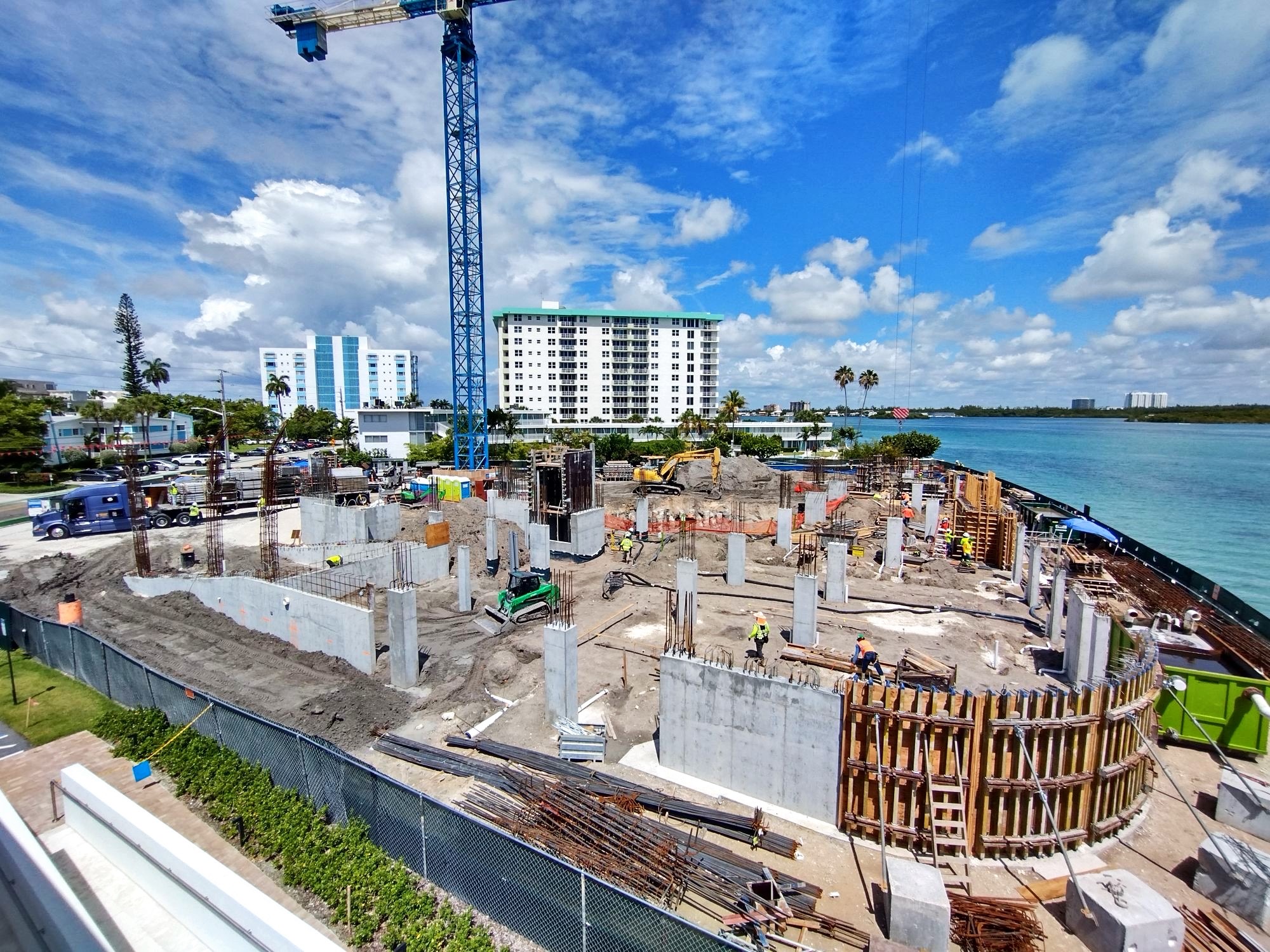Home prices are falling in these 98 major housing markets—only 50 markets remain at the peak
Not long after mortgage rates spiked this spring, the U.S. housing market slipped into what the industry likes to call a housing recession. It means housing activity levels, like home sales, are contracting sharply. That’s hardly surprising: History tells us an inflation-fighting Federal Reserve means a so-called housing recession is right around the corner.
While housing recessions are historically common, home price corrections are less common. That’s why housing bulls—just like they did in 2006—refused to acknowledge the possibility of falling home prices. But once again, they are wrong.
As data rolled in this summer, John Burns Real Estate Consulting provided data to Fortune showing that frothy markets like Boise and Phoenix had already gotten their home price tops blown-off. Now, it looks like that home price correction has moved beyond overheated Western housing markets.
Among the 148 major regional housing markets tracked by John Burns Real Estate Consulting, 98 markets have seen home values fall from their 2022 peaks. In 11 markets, the Burns Home Value Index* has already dropped by more than 5%. Simply put: The U.S. home price correction is sharper—and more widespread—than previously thought.
“Our view is that you will see—and we’re seeing it right now—home prices will fall even though supply levels are not ripping higher. And I think that’s an interesting thing that is now starting to surprise a lot of people,” Rick Palacios Jr., head of research at John Burns Real Estate Consulting, tells Fortune.
When the last housing cycle rolled over in 2005, home prices didn’t fall until inventory levels skyrocketed. This time around, home prices are falling despite inventory levels still sitting 41.5% below pre-pandemic levels. How is that possible? Well, spiked mortgage rates coupled with record home price appreciation pushed the housing market to bubbly levels. And now buyers are pushing back.
“The longer that [mortgage] rates stay elevated, our view is that housing is going to continue to feel it and have this reset mode. And the affordability resetting mechanism right now that has to happen is on [home] prices. And so there are a lot of markets across the country where we’re forecasting that home prices are going to fall double-digits,” Palacios says.
The housing markets getting hit the hardest by the Pandemic Housing Slump fall into one of two groups.
The first is high-cost tech hubs. In fact, the biggest drops in home values can be found in San Francisco (down 8.2% from its 2022 peak), San Jose (down 8.2%), and Seattle (down 7.8%). Not only are their high-end real estate markets more rate sensitive, but so are their tech sectors.
The second group includes frothy markets like Austin (down 3.5%), Boise (down 3.5%), Phoenix (down 5.3%), and Reno (down 5.3%). The Pandemic Housing Boom saw home prices in markets like Austin and Phoenix go far beyond what local incomes would historically support. According to Moody’s Analytics, Boise alone is “overvalued” by 72%. Historically speaking, as a housing cycle “rolls over” it normally hits significantly “overvalued” housing markets the hardest.
While 98 markets have fallen from their peaks, another 50 markets have yet to fall from their 2022 peak price. Most of those markets are located along the East Coast. Some of these markets, like Newark and Louisville, saw more modest price gains during the Pandemic Housing Boom. Eleven of these markets are in Florida, which remained surprisingly resilient this summer
But just because a market hasn’t seen falling home prices doesn’t mean it won’t. Indeed, this could still be the early innings of the home price correction: Since May, John Burns Real Estate Consulting has been predicting that U.S. home prices will fall in both 2023 and 2024.
Peak-to-trough, Moody’s Analytics expects U.S. home prices to fall up to 5% this cycle. In significantly “overvalued” housing markets, Moody’s Analytics expects 5% to 10% declines. That call assumes no recession. If a recession manifests, Moody’s Analytics expects a national home price decline of 5% to 10%. In significantly “overvalued” housing markets, a recession means they’d likely see home prices fall between 15% to 20%.
Several other research firms, including Zonda and Zelman & Associates, have come forward predicting falling U.S. home prices. However, no one is predicting U.S. home price drops on par with the last housing downturn. Peak-to-trough, U.S. home prices fell 27% between 2006 and 2012.
“I know it [double-digit home price declines] sounds really really bad, but the reality is you have to take a longer-term lens on this and have some perspective because those markets saw run-ups of 30%, 40%, 50% plus over the last year or two. So we really compressed into a year or two a decade of home price appreciation. So even if our forecasts are right and prices do decline double-digits in some of these markets over the next few years, we’re only going to be resetting down to what home prices were in 2020 or early 2021,” Palacios tells Fortune.
If you’d like to listen to the full Rick Palacios Jr interview, go here and skip to the 9:00 minute mark. If you want to stay updated on the housing correction, follow @NewsLambert on Twitter.
*The ongoing housing correction has seen high-end home sales decrease at a faster rate than other price points. That, of course, skews both average and median home sales prices. The Burns Home Value Index—a proprietary calculation for local home values—helps to shift out that noise for both new and existing homes. The August 2022 results are preliminary.
Sign up for the Fortune Features email list so you don’t miss our biggest features, exclusive interviews, and investigations.



